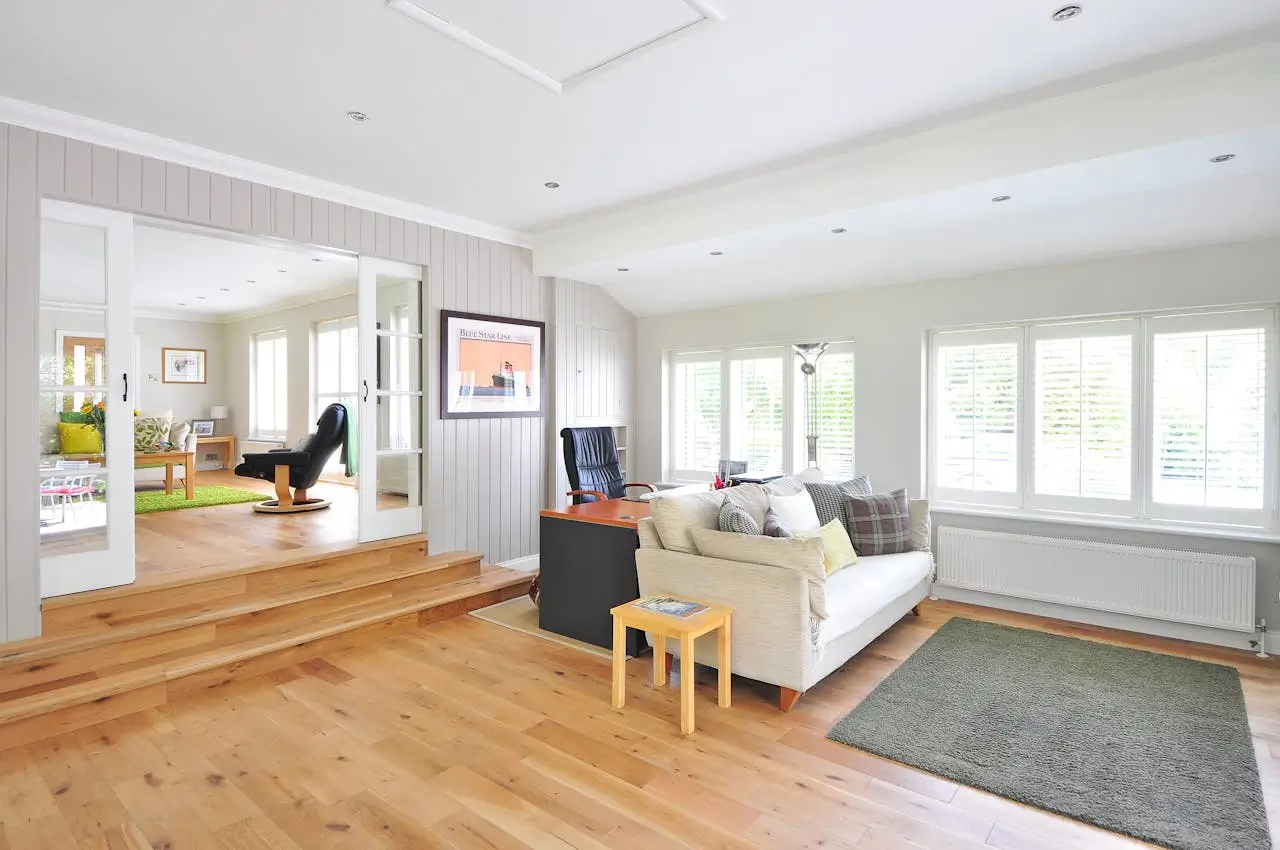When you’re planning a new flooring installation, many factors come into play. One question that often arises is whether vinyl flooring needs to acclimate before installation. The short answer is yes, most vinyl flooring products need time to adjust to the temperature and humidity of the environment where they will be installed. But let’s explore this in more detail.
What is Acclimation?
Acclimation refers to the process of allowing materials to adjust to the conditions of the space where they will be used. This is particularly important for flooring materials like wood and vinyl, which can expand or contract depending on temperature and humidity levels.
Why is Acclimation Important for Vinyl Flooring?
Vinyl flooring is a synthetic product, but it’s not immune to the effects of temperature and humidity changes. If vinyl flooring is installed without being allowed to acclimate, it can lead to various problems over time such as gaps, buckling, or curling.
This happens because vinyl flooring will expand and contract with changes in temperature and humidity. If the flooring is installed while it’s still adjusting to the room’s conditions, it won’t fit correctly once it has fully acclimated.
The Acclimation Process
The acclimation process for vinyl flooring is relatively straightforward. The flooring should be left in the room where it will be installed for at least 24 to 48 hours prior to installation. During this time, the room’s temperature and humidity should be kept consistent with what it will be when the space is in use.
It’s also important to note that the flooring should remain in its packaging during the acclimation process to protect it from dust and other potential damage.
How to Know if Your Vinyl Flooring is Properly Acclimated
To ensure your vinyl flooring is properly acclimated, it’s recommended to use a hygrometer to measure the room’s humidity level. The ideal humidity level for vinyl flooring is between 35% and 55%. If the room’s humidity is within this range, and the flooring has been in the room for at least 24 to 48 hours, it should be ready for installation.
Does Every Type of Vinyl Flooring Need to Acclimate?
While most types of vinyl flooring require acclimation, there are some exceptions. Rigid core vinyl, for example, is less susceptible to temperature and humidity changes and may not need to acclimate. However, it’s always best to consult the manufacturer’s instructions to be sure.
Conclusion
In conclusion, allowing your vinyl flooring to acclimate before installation is an essential step that can save you from potential problems down the line. While it might seem like an inconvenience, the acclimation process ensures that your new flooring fits correctly and lasts for many years.
Remember, when it comes to flooring installation, patience is a virtue. Take the time to let your vinyl flooring acclimate, and you’ll be rewarded with a beautiful and durable new floor.
FAQs About Does Vinyl Flooring Need To Acclimate?
What does acclimation mean in the context of vinyl flooring?
Acclimation refers to the process of allowing vinyl flooring to adjust to the conditions of the space where it will be installed. This includes the temperature and humidity levels.
Why does vinyl flooring need to acclimate?
Vinyl flooring needs to acclimate to prevent problems such as gaps, buckling, or curling that can occur when the flooring expands or contracts due to changes in temperature and humidity.
How long does vinyl flooring need to acclimate?
Typically, vinyl flooring should be left in the room where it will be installed for at least 24 to 48 hours to properly acclimate.
Does the room’s temperature and humidity need to be controlled during acclimation?
Yes, during acclimation, the room’s temperature and humidity should be kept consistent with what it will be when the space is in use.
Should the vinyl flooring remain in its packaging during acclimation?
Yes, the flooring should stay in its packaging during the acclimation process to protect it from dust and other potential damage.
How can I tell if my vinyl flooring has properly acclimated?
You can use a hygrometer to measure the room’s humidity level. If the humidity is between 35% and 55%, and the flooring has been in the room for at least 24 to 48 hours, it should be ready for installation.
Are there any types of vinyl flooring that don’t need to acclimate?
Rigid core vinyl is less susceptible to temperature and humidity changes and may not require acclimation. However, always consult the manufacturer’s instructions to be sure.
What problems can occur if vinyl flooring is not properly acclimated?
If vinyl flooring is not properly acclimated, it can lead to problems such as gaps between the planks, buckling, or curling.
Can I speed up the acclimation process for vinyl flooring?
It’s not recommended to rush the acclimation process. The standard 24 to 48 hours gives the flooring time to adjust to the room’s conditions, ensuring a proper fit and preventing future problems.
Does vinyl flooring need to acclimate in all climates?
Yes, regardless of your local climate, vinyl flooring should be allowed to acclimate to the specific conditions of the room where it will be installed
